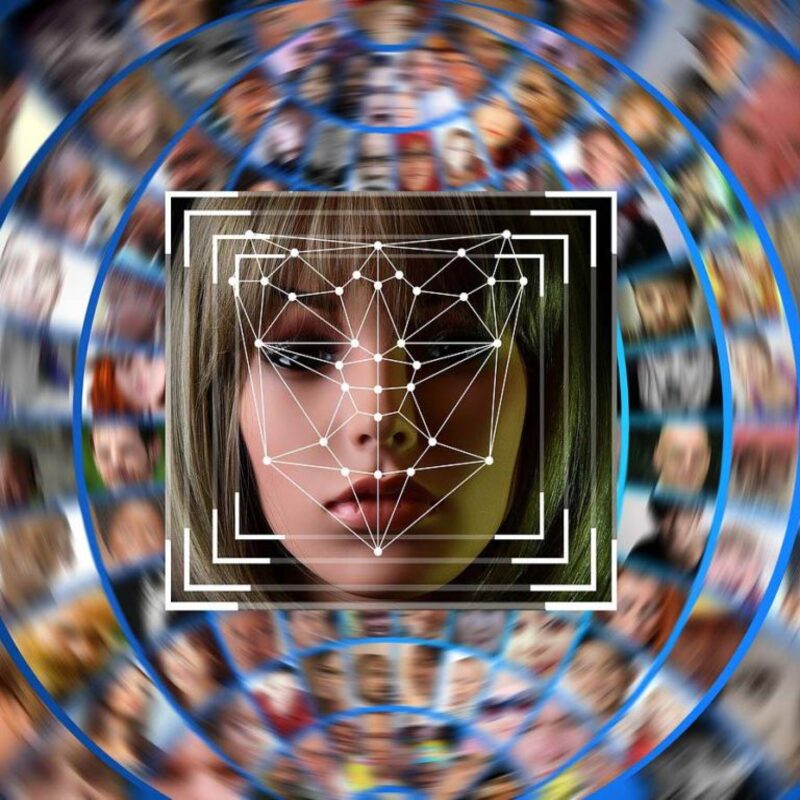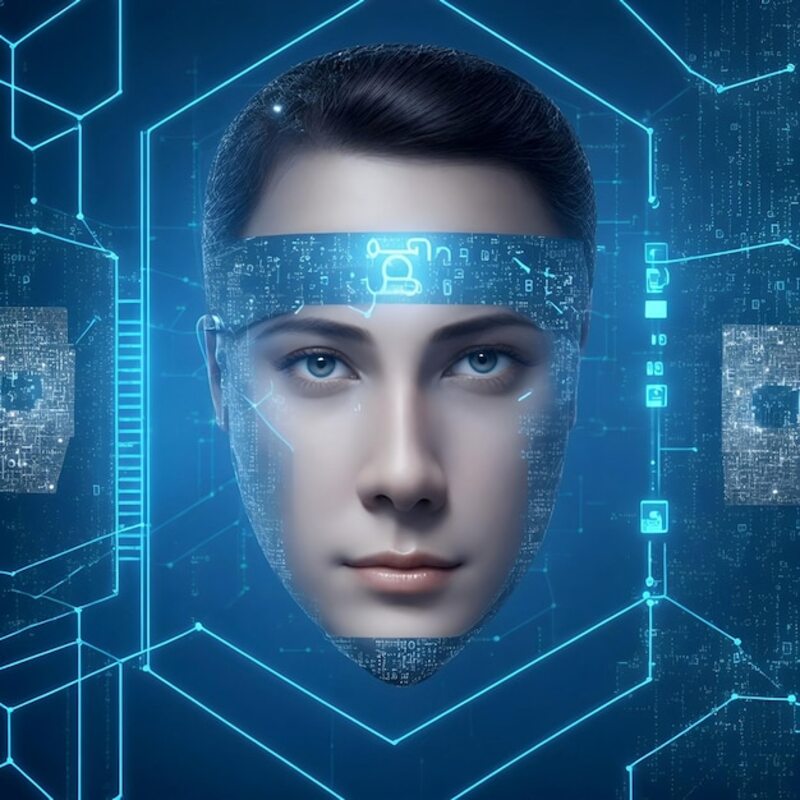In recent years, the fusion of technology and social media has dramatically transformed our digital landscape. One area that has garnered much attention is reverse image search and facial recognition. These technologies have significant implications for privacy, security, and our daily interactions. Understanding these tools is crucial for navigating the modern world effectively.
The Basics of Reverse Image Search
What is Reverse Image Search?
Reverse image search is a technique that allows users to find the source of an image online. Users upload an image, and the technology identifies where that image appears on the web. This capability serves multiple purposes. For example, it enables individuals to track ownership of images and ensures accurate attribution. Furthermore, it is helpful for fact-checking, as it helps users verify the authenticity of media.
How Does It Work?
The technology behind reverse image search relies on advanced algorithms. These algorithms analyze the pixels in an uploaded image. They then create a digital fingerprint unique to that image. When a user performs the search, the system scans its database for similar fingerprints. As a result, users can discover instances where the image appears online. This process also highlights the importance of image metadata, as it often accompanies images posted on websites.

Understanding Facial Recognition Technology
What is Facial Recognition?
Facial recognition is a biometric technology that identifies individuals based on facial features. It works by capturing an image of a person’s face, processing it, and comparing it to a stored database of faces. The technology has gained popularity in various sectors, including law enforcement and security. Furthermore, it is increasingly used in social media platforms to tag users in photos automatically.
How Does Facial Recognition Work?
Facial recognition systems utilize machine learning algorithms. These algorithms require extensive training data to recognize facial features. Initially, a system captures an image of a face. It then analyzes various aspects, such as the distance between the eyes and the shape of the nose. After compiling this data, it creates a mathematical representation of the face. This representation is compared against a massive database to find matches.
The Synergy Between Reverse Image Search and Facial Recognition
How They Complement Each Other
The combination of reverse image search and facial recognition technology offers unique benefits. For instance, law enforcement agencies can investigate crimes effectively. By using reverse image search, they can identify potential sources of a suspect’s image. When combined with facial recognition, this technology enables officers to pinpoint suspects more accurately. This synergy can significantly enhance public safety efforts.
Applications in Social Media
Social media platforms have rapidly adopted these technologies. Users often need to verify the authenticity of images they encounter online. Reverse image search helps in this respect by providing context and origin. Meanwhile, facial recognition allows platforms to enhance user engagement through automatic tagging. These features contribute to more personalized experiences. As a result, people are more likely to share and connect through visual content.

Privacy Concerns with Facial Recognition and Reverse Image Search
The Threat to Personal Privacy
While these technologies offer numerous advantages, they raise serious privacy issues. For instance, the ability to identify individuals without their consent is a significant concern. In public spaces, facial recognition can track people’s movements without their knowledge. This capability can lead to unwanted surveillance and data collection. Furthermore, malicious actors could exploit reverse image search tools to stalk individuals more easily.
Legal Framework and Regulations
Legislators are beginning to address the privacy implications of these technologies. In several jurisdictions, laws are being enacted to regulate their use. For example, some places require explicit consent before capturing facial data. This legal framework aims to balance the benefits of technology with the imperative to protect privacy. However, the speed of technological advancement often outpaces legislative measures. Therefore, ongoing dialogues about ethical use are essential.
The Role of Artificial Intelligence in Enhancing These Technologies
Machine Learning Algorithms
Artificial intelligence has significantly improved reverse image search and facial recognition. Machine learning algorithms continuously evolve, allowing systems to learn from new data. This adaptability enhances the accuracy of both technologies. For instance, image classification can be refined by training algorithms on diverse databases. Consequently, this progress enables systems to withstand manipulation often used in fraudulent scenarios.
Deep Learning and Neural Networks
Deep learning, a subset of artificial intelligence, has also played a critical role. It allows machines to recognize patterns in images that traditional methods might miss. Neural networks mimic human cognitive functions, processing large sets of data efficiently. By utilizing these advanced technologies, reverse image search and facial recognition continue to improve. However, this also raises concerns about bias and ethical implications in algorithmic decision-making.

The Global Implications of Reverse Image Search and Facial Recognition
Security and Surveillance
Globally, governments are increasingly utilizing facial recognition for security purposes. This application offers advantages, such as greater public safety and crime deterrence. However, it often leads to a surveillance state, where citizens feel constantly monitored. Various countries have adopted policies that either support or restrict these technologies. In fact, the debate around their ethical use continues to evoke strong reactions worldwide.
Economic Considerations
The economic potential of these technologies cannot be overlooked. Businesses use reverse image searches to track brand usage and competitors. Moreover, facial recognition can enhance customer experience by personalizing services. As companies increasingly depend on data-driven strategies, these tools become indispensable. However, the economic benefits must tread lightly on privacy concerns, requiring careful consideration of ethics.
Ethical Considerations
The Dilemma of Consent
With the rise of reverse image search and facial recognition technologies, ethical dilemmas arise. One pressing issue is the question of consent. Using an image without the owner’s permission poses ethical questions. Should individuals have control over their digital identities? Moreover, platforms that utilize these technologies must establish ethical guidelines. Striking a balance between innovation and individual rights is essential.
The Impact on Vulnerable Communities
The deployment of these technologies often disproportionately affects marginalized groups. For example, racial and ethnic minorities may face bias in facial recognition systems. Such disparities can exacerbate existing societal inequalities. It’s crucial to consider the implications of these technologies on diverse communities. Careful scrutiny and monitoring are needed to ensure fair treatment. Consequently, ethical considerations should guide the development and deployment of these systems.
The Future of Reverse Image Search and Facial Recognition
Emerging Trends
As technology advances, new trends are likely to emerge. For example, advancements in augmented reality could integrate reverse image search seamlessly. Additionally, facial recognition may evolve to incorporate multi-modal identification methods. These developments could make the technology more robust while addressing some current concerns. Future applications may also include more sophisticated ways to protect user privacy.
The Need for Education and Awareness
Public awareness regarding these technologies is vital. Educating users about their rights is essential in this fast-paced digital landscape. Moreover, understanding how to use reverse image search enables individuals to protect their identities. It is crucial for society to hold corporations accountable for ethical practices. Promoting awareness can lead to healthier interactions with emerging technologies.
In conclusion, the interplay between reverse image search and facial recognition offers both promise and challenges. The technologies can enhance public safety, streamline user experiences, and facilitate connections. However, significant concerns around privacy and ethics must be addressed. As technology advances, it is crucial for individuals and organizations alike to engage in meaningful dialogue. Balancing innovation with responsibility will determine how we navigate this complex landscape in the years to come.


